Organic Waltham Butternut Squash 4 g 25 Seeds NonGMO

How To Tell When Butternut Squash Is Ripe?
If the skin is easy to pierce, the squash is not ripe and will taste starchy, flavorless, and sometimes even bitter. Light to dark green spots on the skin tells you it's definitely not ready to be eaten. If the skin is very pale—more creamy white than tan—it's not ripe. Look for a rich tan, darker amber, or orange color.
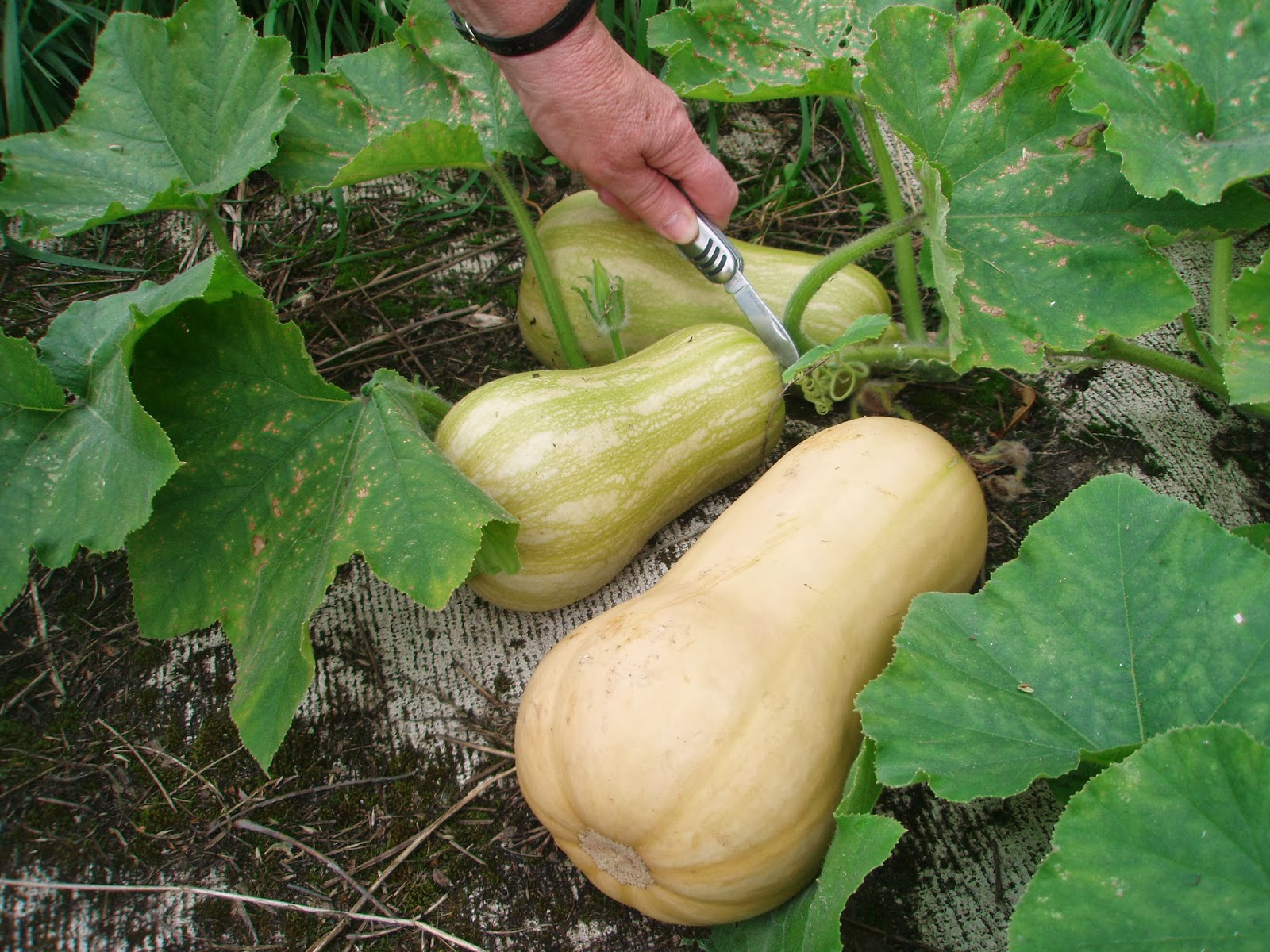
HOW TO GROW BUTTERNUT SQUASH IN POTS OR CONTAINERS The Garden of Eaden
Butternut squash is a popular, versatile winter squash with a sweet, nutty flavor and bright orange color. In many ways, it's the quintessential winter squash, and can be used in savory dishes such as soups, stews, casseroles, and curries, as well as sweet ones such as pies, cakes, and muffins.
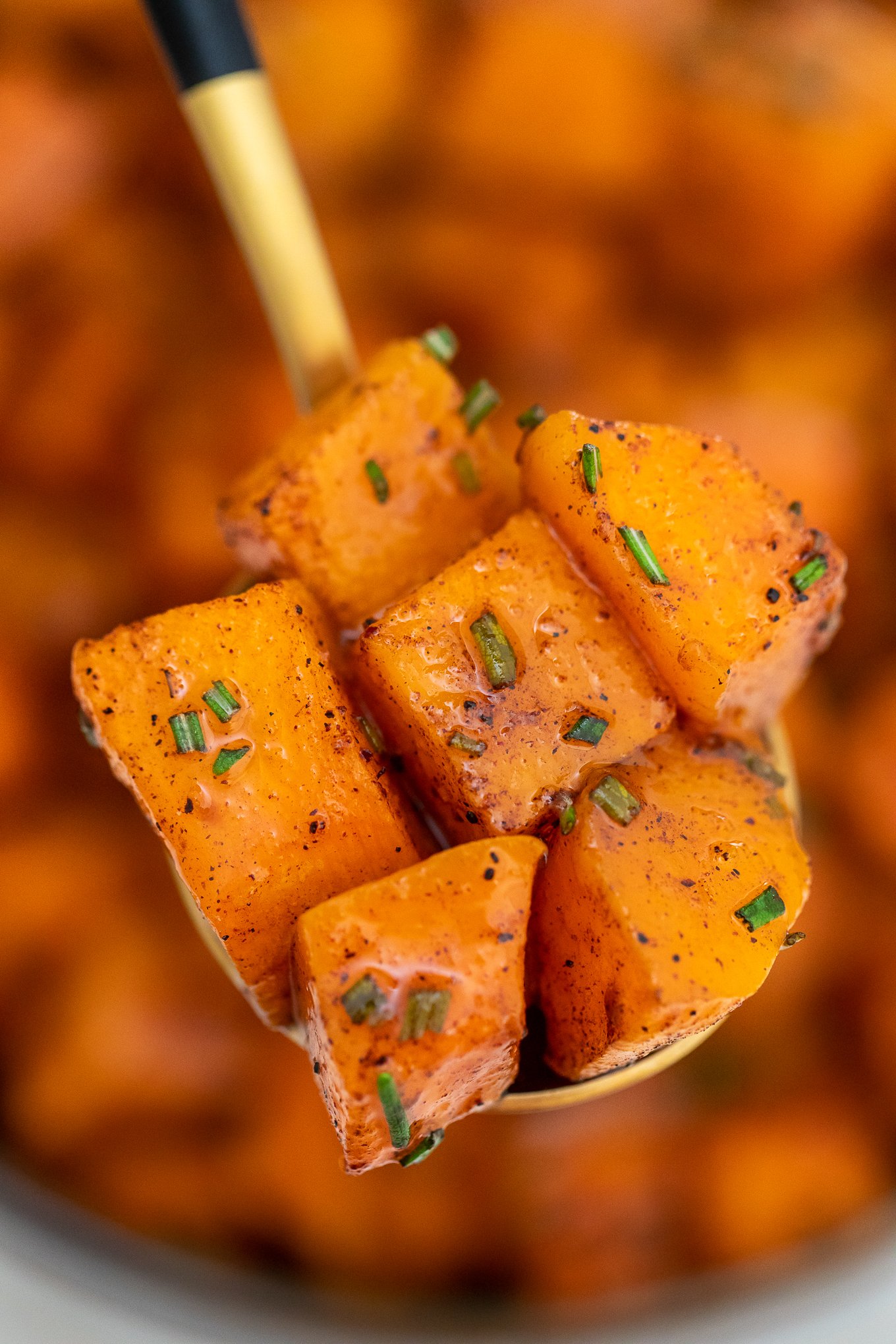
How to Cook Easy Butternut Squash Recipes S&SM
Discover the vibrant colors of butternut squash! From golden yellow to deep orange, explore the different varieties and the factors that affect their color. Learn about the health benefits and culinary uses of this versatile vegetable. September 6, 2023; Cooking;
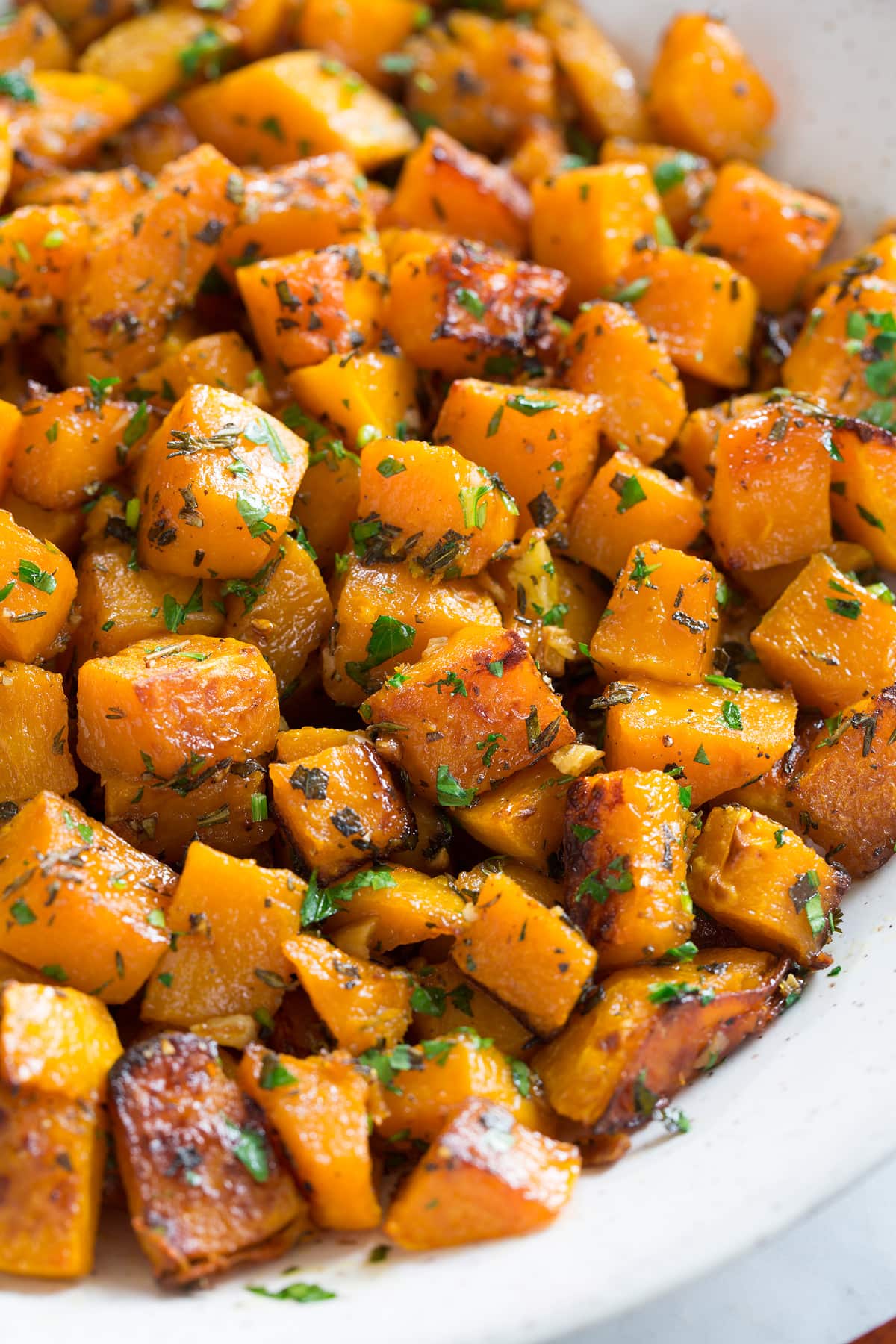
Roasted Butternut Squash Thyroid Loving Care
In the process, any scratches or cuts are being sealed. This process is called curing. Cure the butternut squash for 1 to 2 weeks at a temperature between 70 and 80 degrees F. Pick a location that is warm, well-ventilated, dry, and not accessible for critters and insects. A screened-in porch, garage, or shed is ideal.
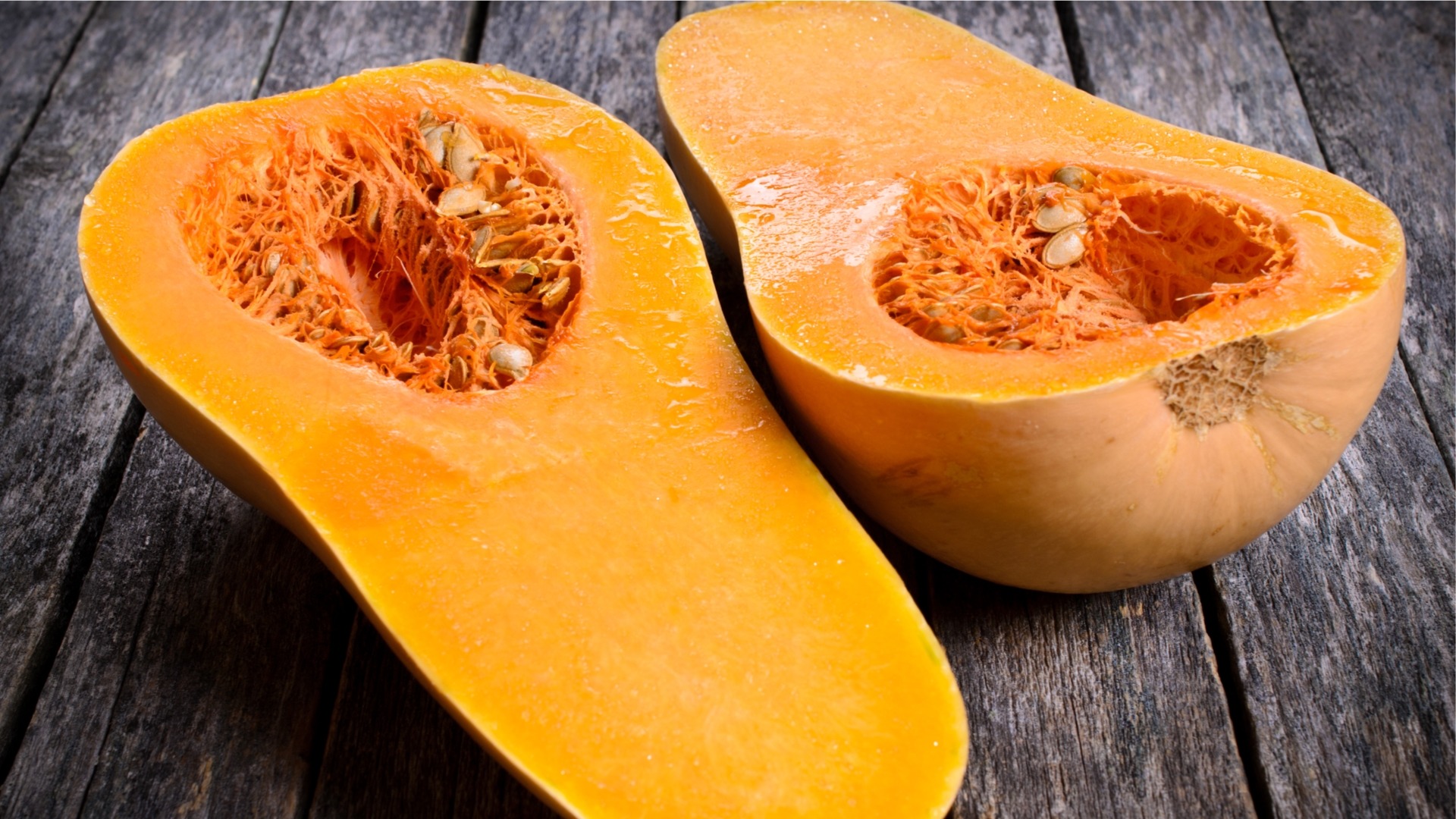
ARCHAEOLOGY OF FRUITS & VEGETABLES Butternut Squash Chef's Mandala
The color of butternut squash is often associated with the fall season, making it a staple ingredient in many comforting and nourishing dishes. The Versatility of Butternut Squash in Cooking. Butternut squash can be used in a variety of dishes, both sweet and savory. Its natural sweetness makes it an excellent addition to soups, stews, and purees.
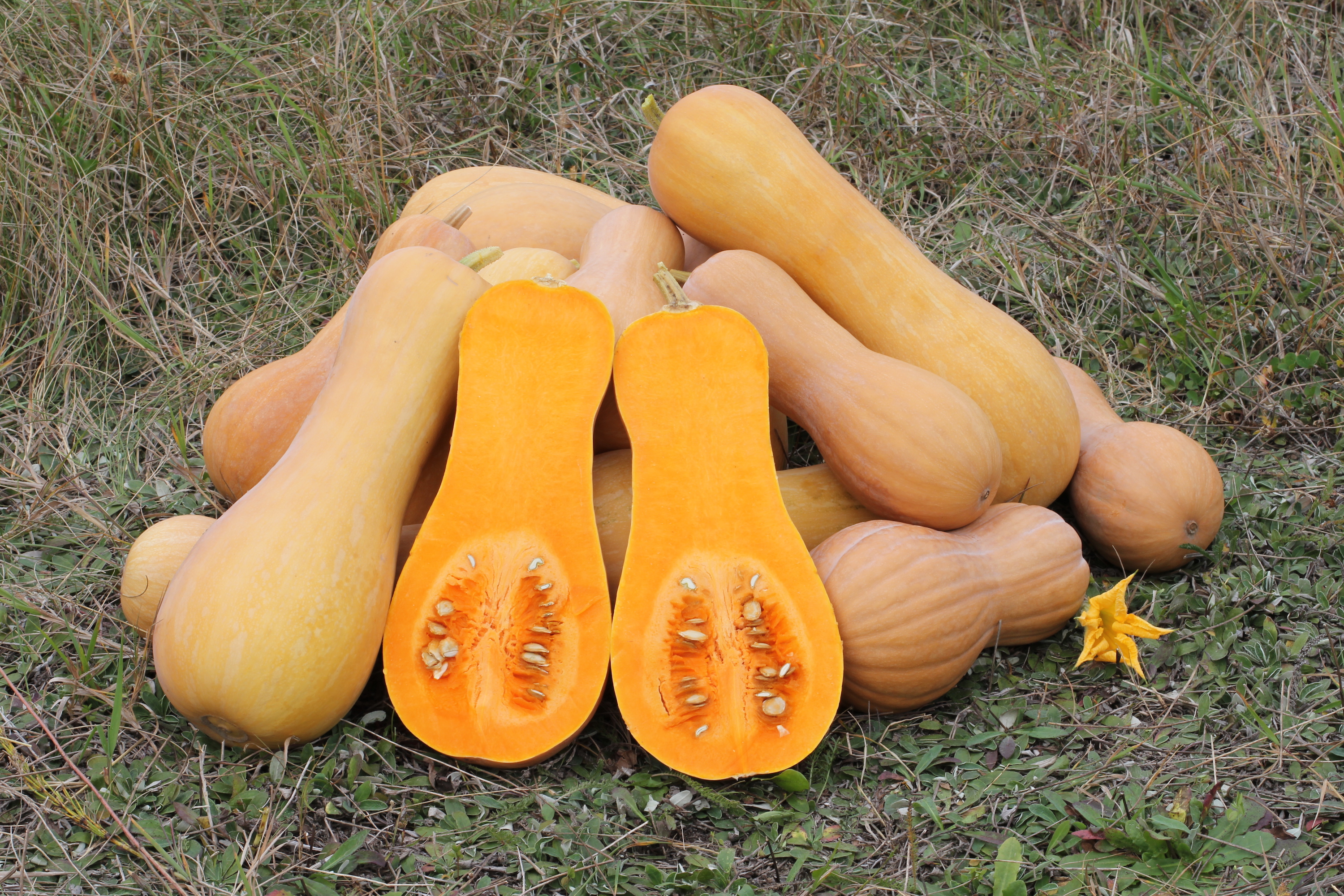
Butternut Squash Westfield Area CSA
Step 5. Use. When the squash is cooked, remove it from the oven, and use tongs to flip the squash over cut-side up. This will let the team escape so the squash can cool faster. Once the squash is cooled, you can peel the skin off. (You can also cut the peel off before roasting if you want).
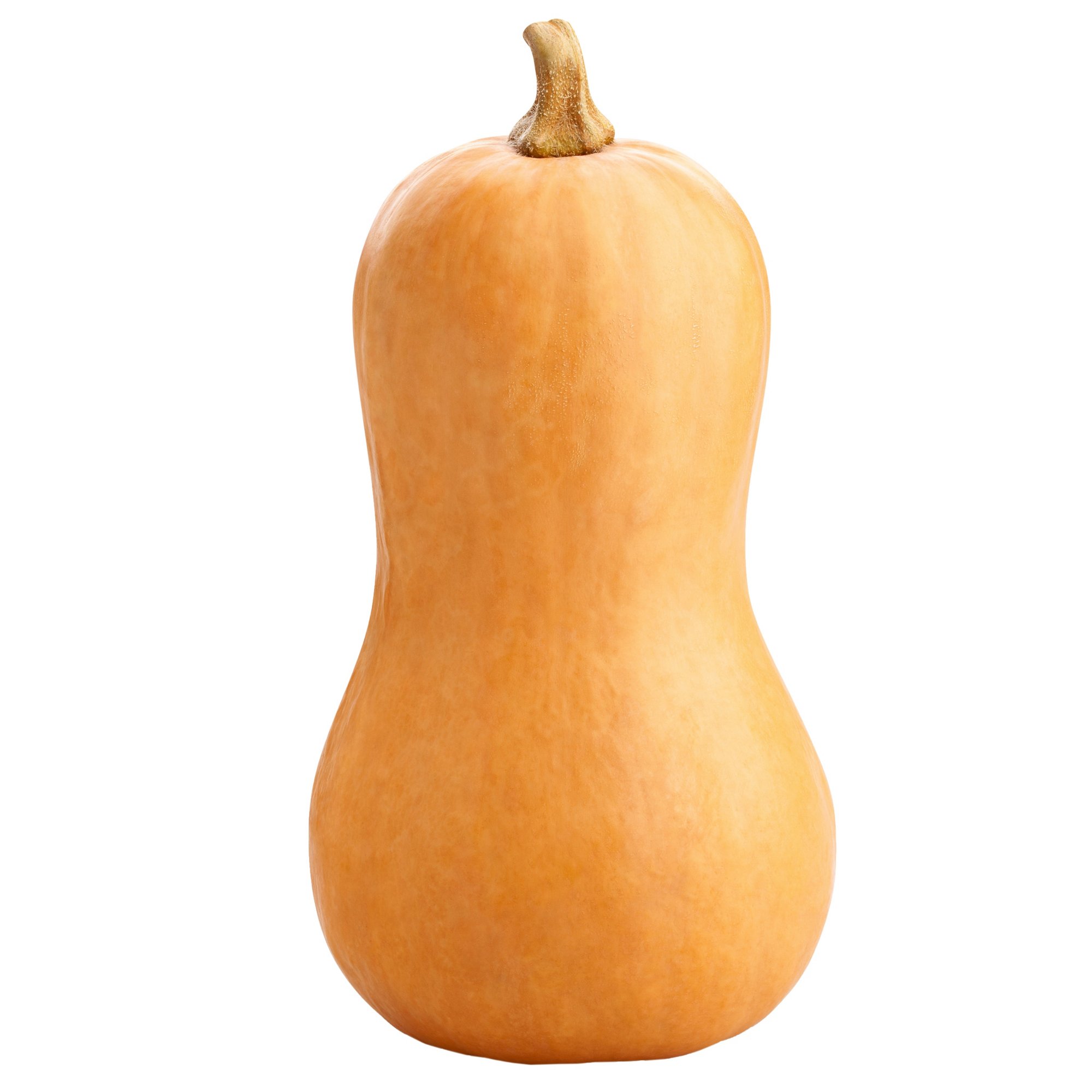
Butternut Squash Farm Fresh Products Food Products Supplier
Make Your Inspiration a Reality. SW 6389 Butternut paint color by Sherwin-Williams is a Yellow paint color used for interior and exterior paint projects. Visualize, coordinate, and order color samples here.

20 Squash Varieties To Look For In Your Farmer’s Market This Autumn
50% OFF 8 oz. Color Samples Find your favorite color. Use code SAMPLE50 in your cart from 3/13-3/31.. Get your own digital color dollop of Butternut Squash 1090. Create My Dollop [object Object] Matching Colors. Cloud White. 967. Add to Cart. Shopping List. Change Color. Add to Cart. Shopping List. Change Color. Other.

6 Ways to Know When to Pick Butternut Squash Sumo Gardener
Similar to the roasted halves, the edges of each cube will darken and caramelize and add a ton of flavor to your squash recipe. 1. Line the pan and preheat the oven: Line a rimmed baking sheet with parchment paper. Preheat the oven to 400°F. 2. Peel and cut the butternut squash.
Raw Edible Plants Butternut squash (Cucurbita moschata 'butternut')
Deep Tan or Beige Color. Butternut squash is ready for harvest when it reaches a deep tan or beige color. This change in color is a clear signal that the squash has ripened fully. As the squash matures, it transitions from a bright green color to a more muted tan or beige tone. The deepening of the color indicates that the squash has developed.
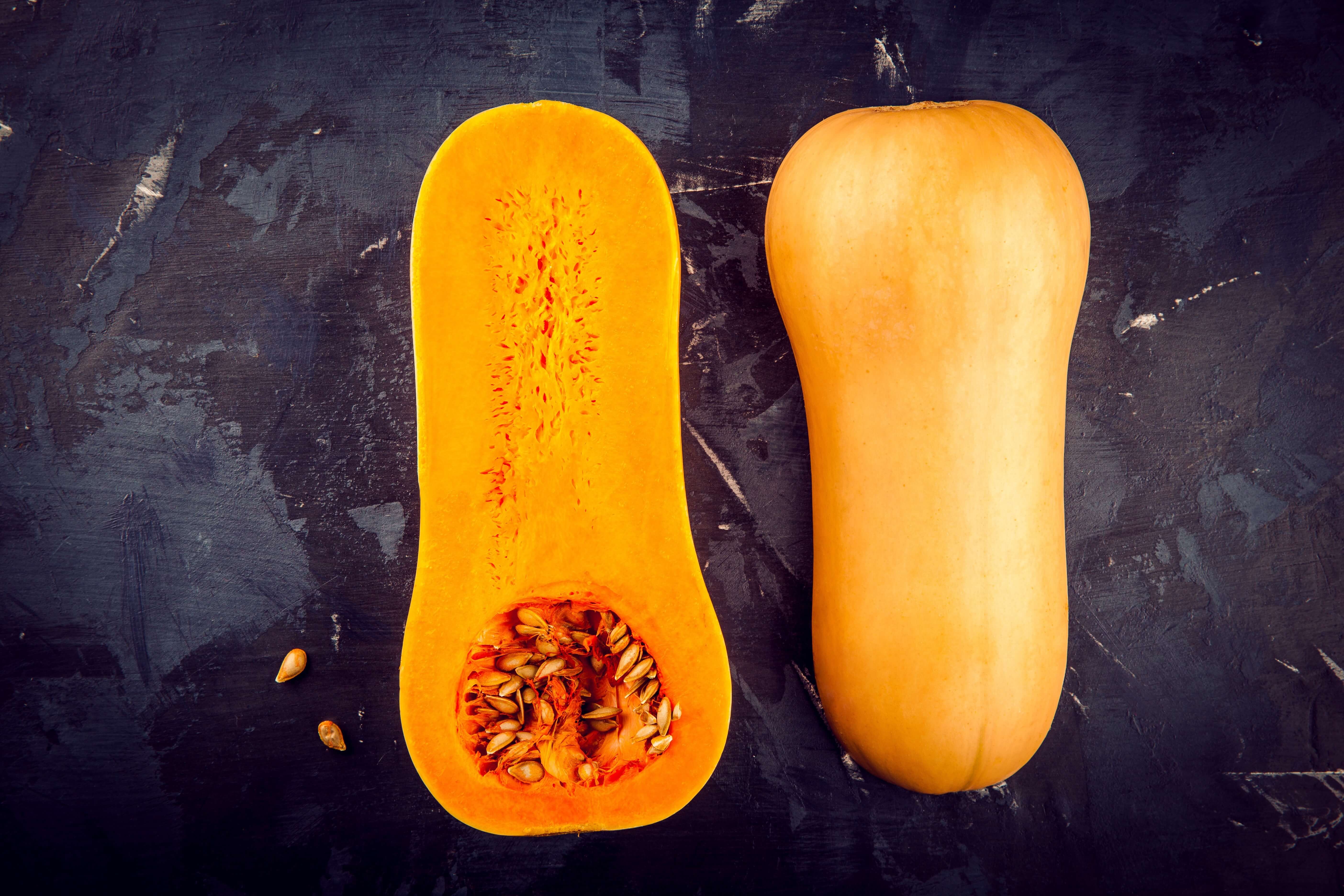
Butternut squash
Preheat the oven to 400˚F with the rack in the center of the oven. Line a rimmed baking sheet with parchment paper or use a non-stick baking sheet. Peel the butternut squash with a potato peeler going from the step to the base. Cut off the stem then cut the squash in half lengthwise.
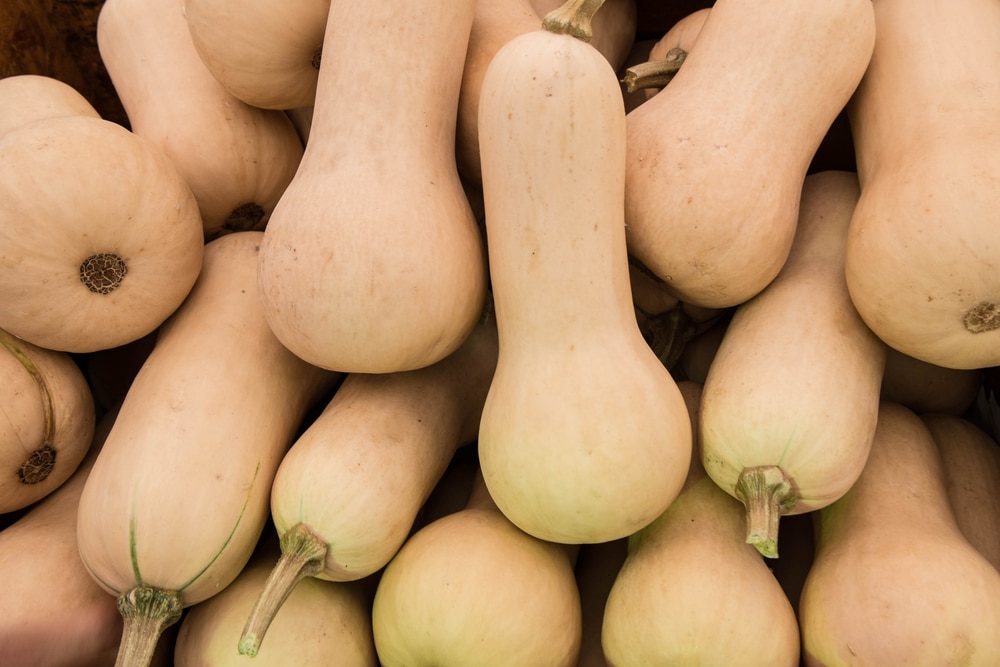
When to Pick Butternut Squash » Top Harvesting Tips
Butternut squash nutrition information. per 1 cup cubes, raw (140 g) Calories: 63; Carbohydrates: 16 g; Fiber: 3 g, 11% of Daily Value (DV); Protein: 1 g; Fat: 0 g; 298% DV of Vitamin A: Provides the provitamin version of this fat-soluble vitamin, meaning it comes from a plant source and your body converts the plant pigment into active Vitamin A.It is essential in many components of healthy.

Butternut squash Health benefits, uses, and possible risks Medical
The color, weight, and texture of the skin all indicate whether or not the squash is ripe. As it starts growing, the skin of butternut squash has a yellow-green hue. This color turns deeper as the squash matures. A ripe butternut squash has a beige skin with no trace of green. The flesh of a ripe squash should be deep orange.
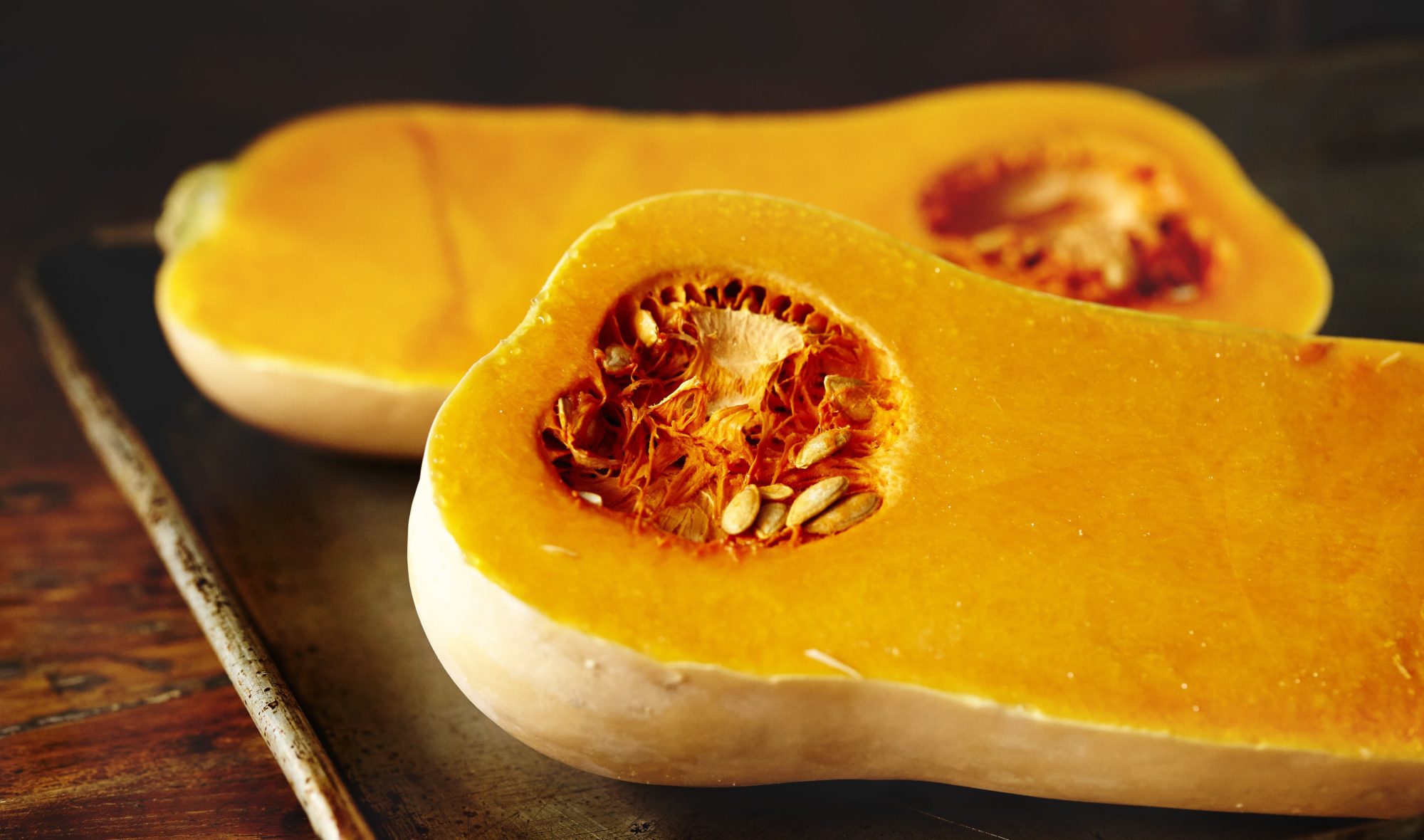
Butternut Squash Recipe & Nutrition Precision Nutrition's
Butternut squash (Cucurbita moschata), known in Australia and New Zealand as butternut pumpkin or gramma, is a type of winter squash that grows on a vine.It has a sweet, nutty taste similar to that of a pumpkin.It has tan-yellow skin and orange fleshy pulp with a compartment of seeds in the blossom end. When ripening, the flesh turns increasingly deep orange due to its rich content of beta.

Butternut Squash Nutrition Good Whole Food
2. Watch for the stem to turn brown before harvesting. When a butternut squash ripens, the stem will turn color, from green to brown. If the stem is green, leave the squash on the vine a little longer. In addition to being brown in color, the stem will also be dry when the squash is ready to harvest.

What Does Butternut Squash Taste Like? Medmunch
Butternut squash is an orange-fleshed winter squash, celebrated for its versatility and sweet, nutty flavor. This article takes a look at butternut squash, its nutrition, health benefits, and uses.